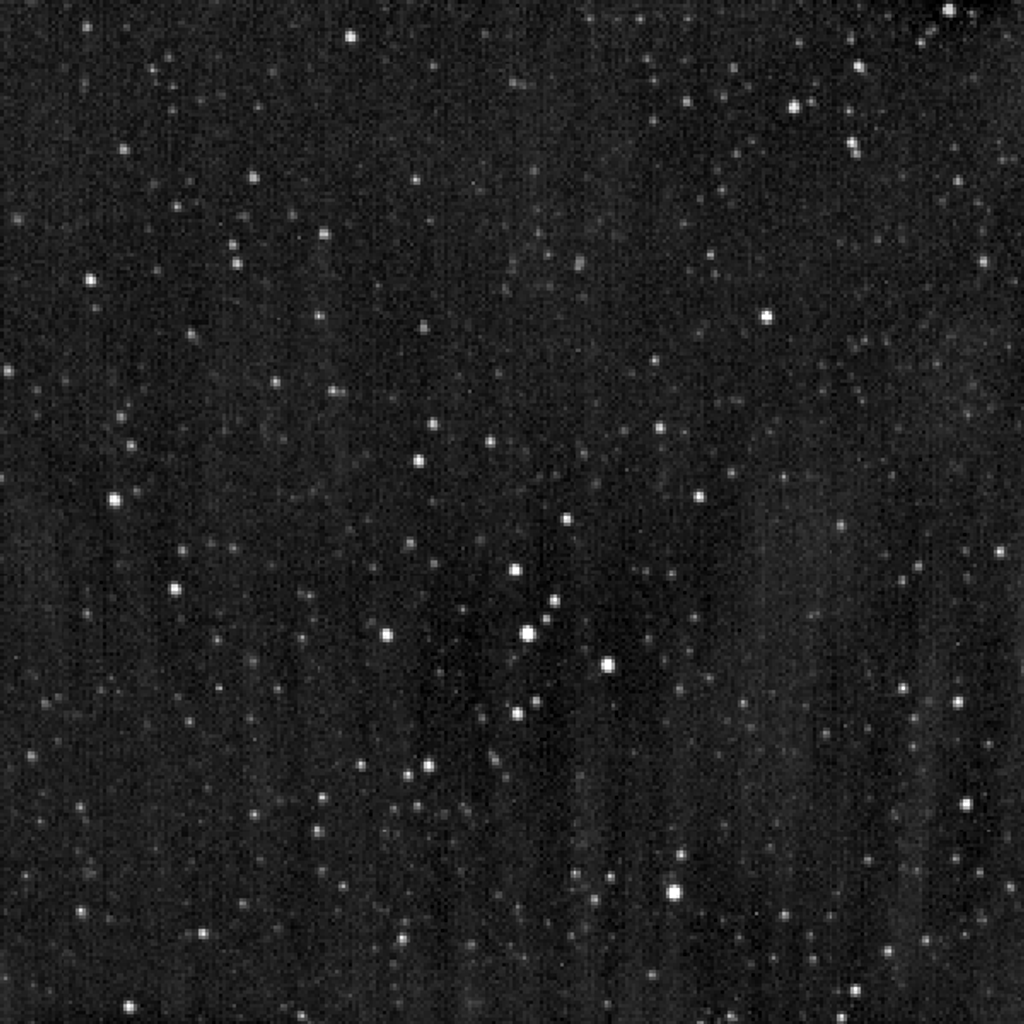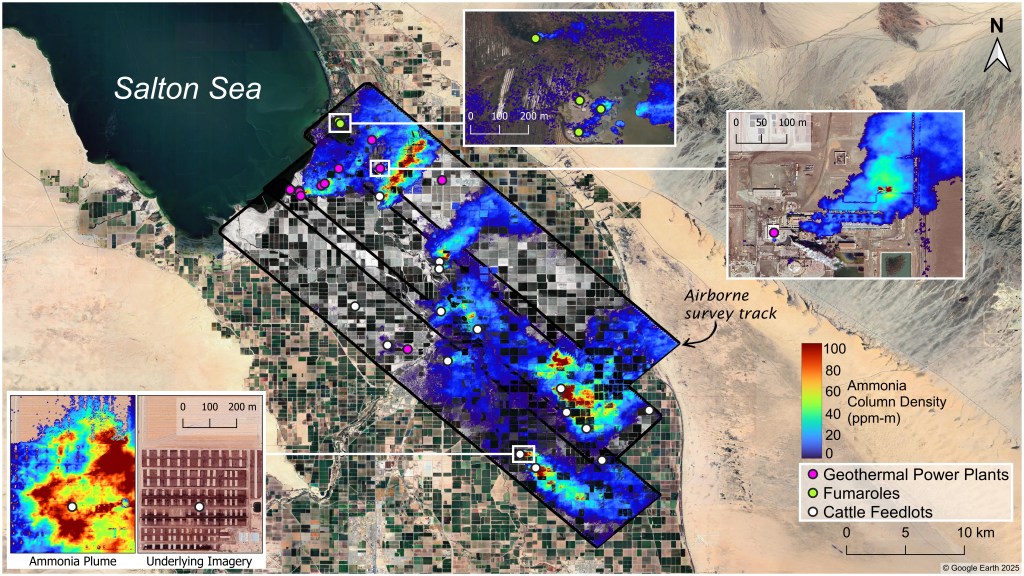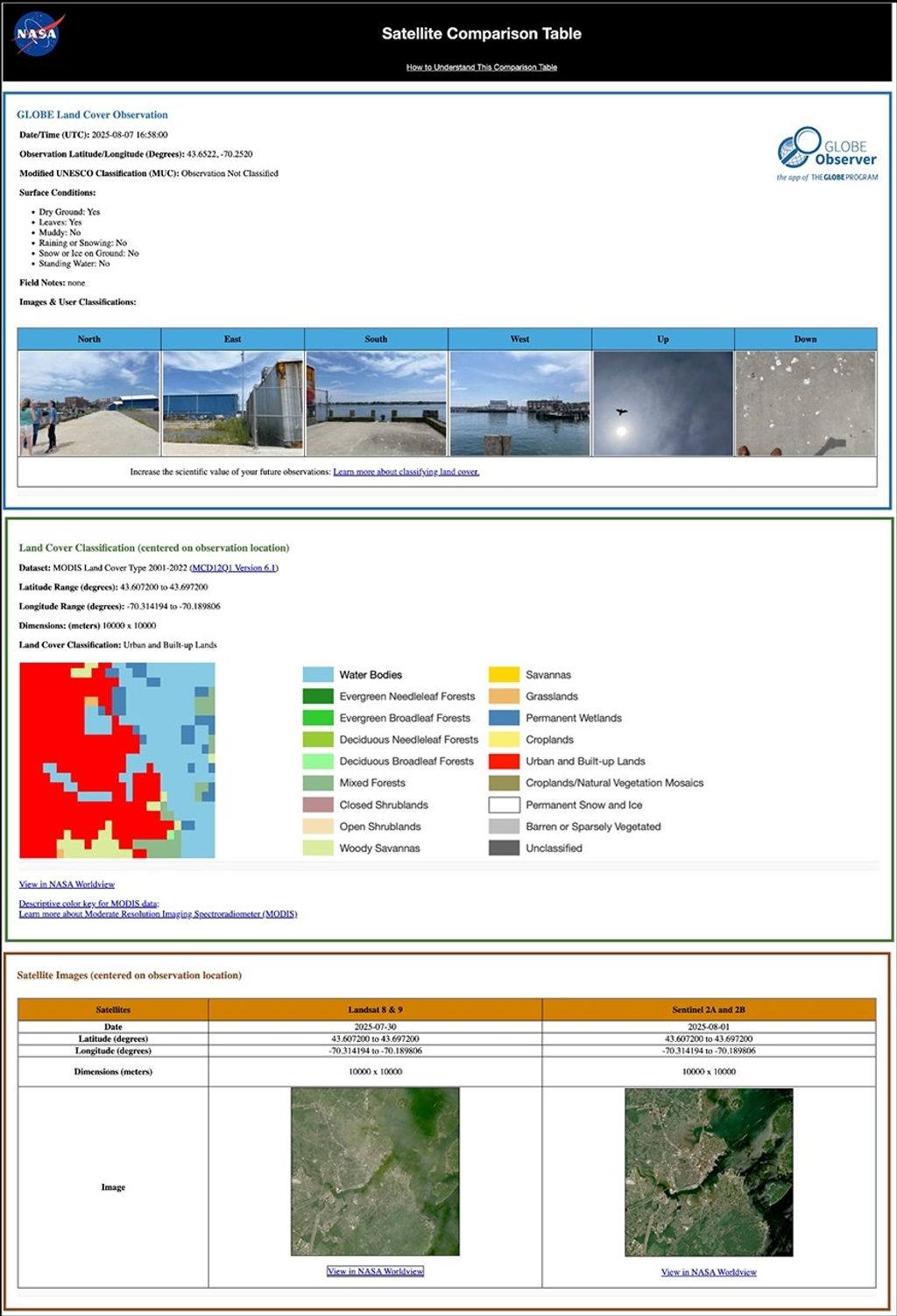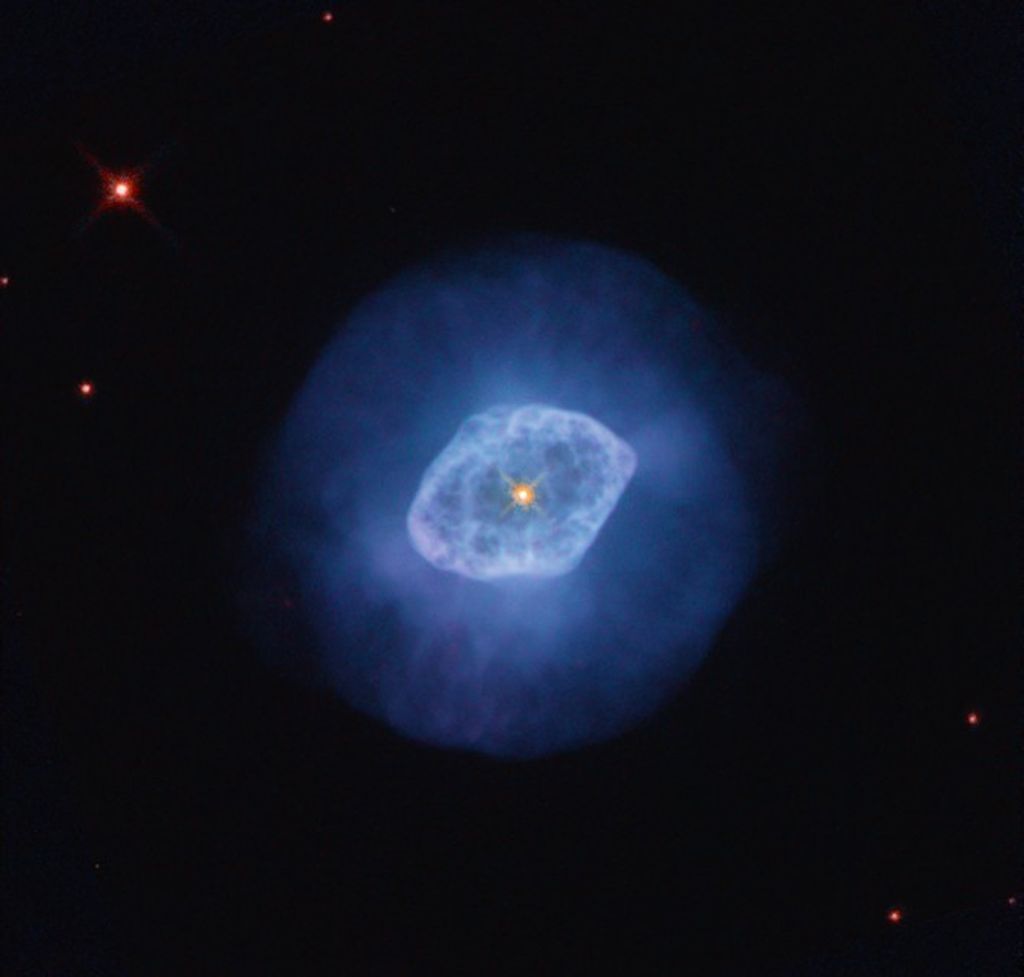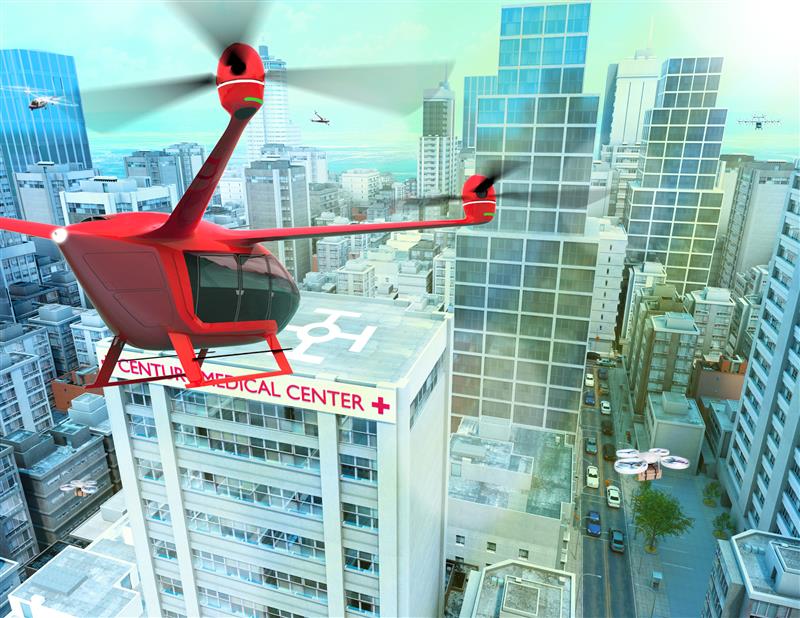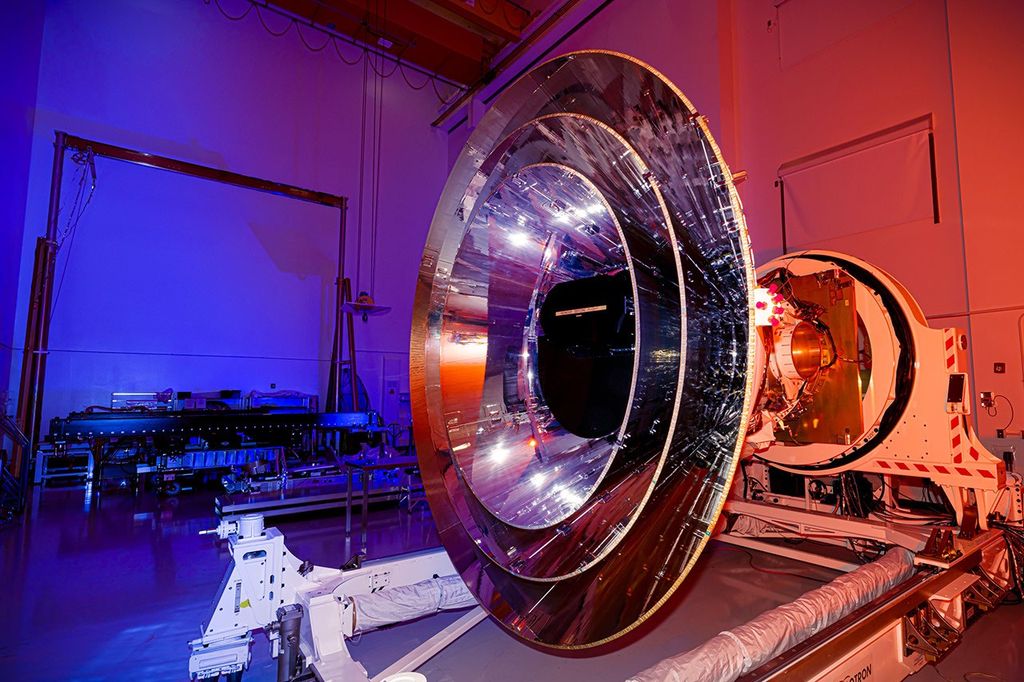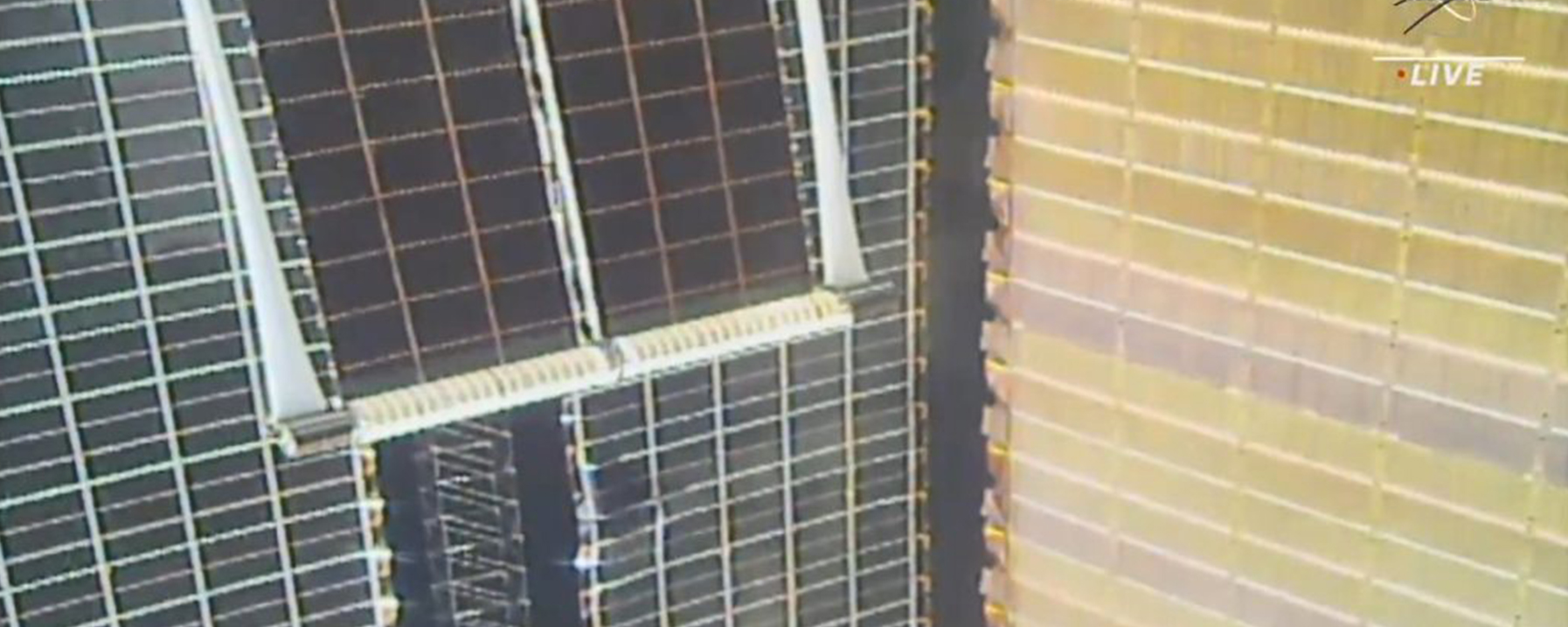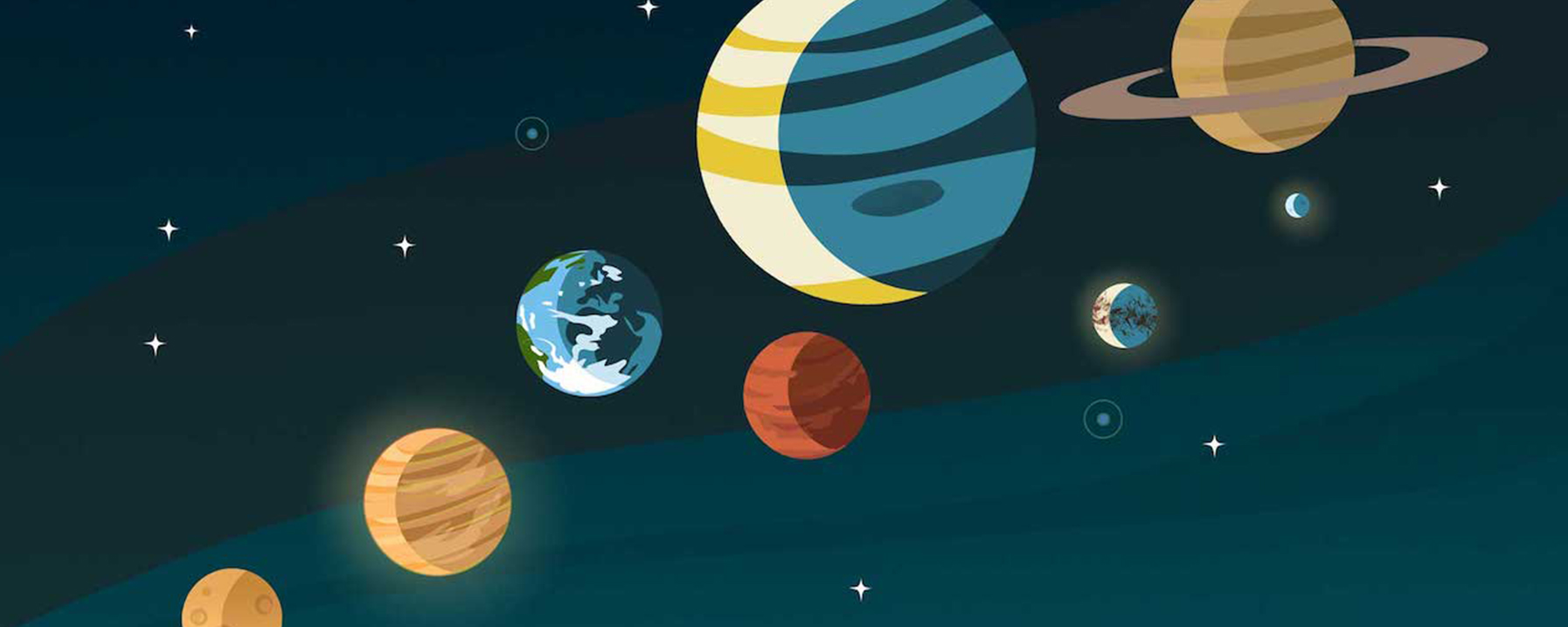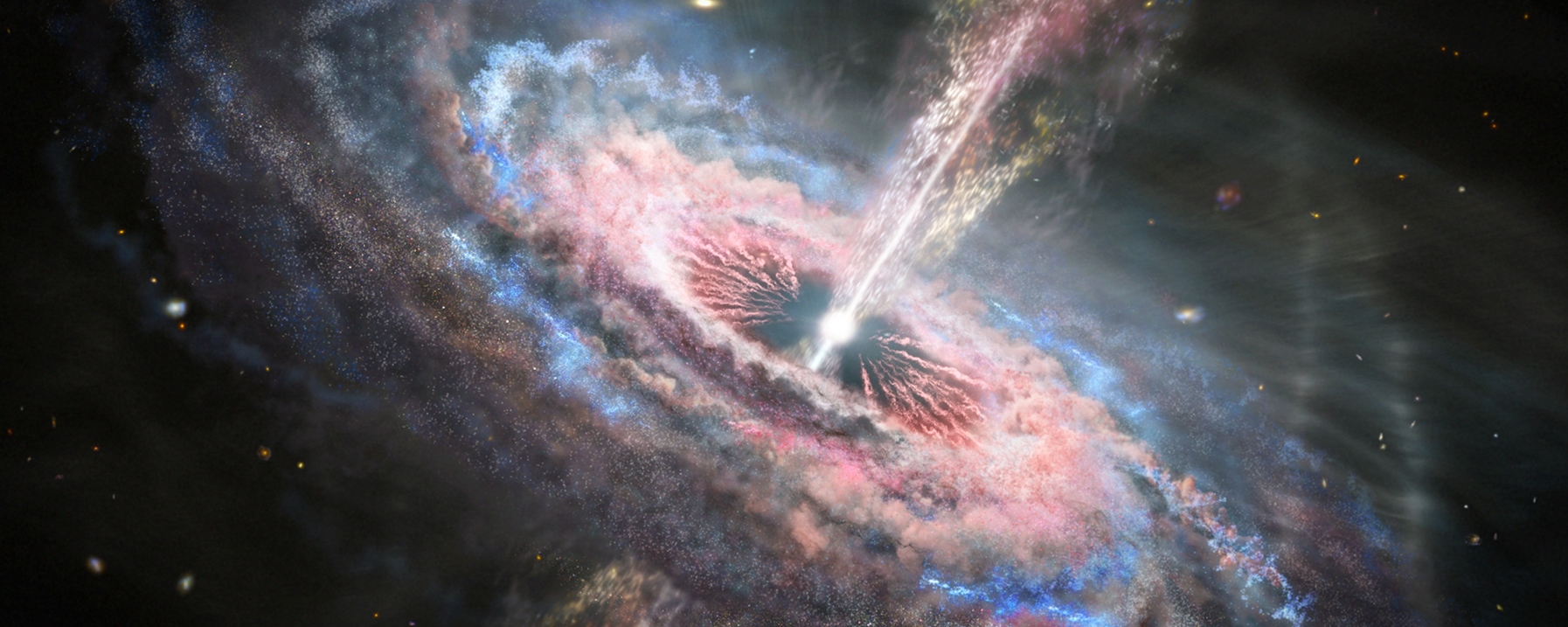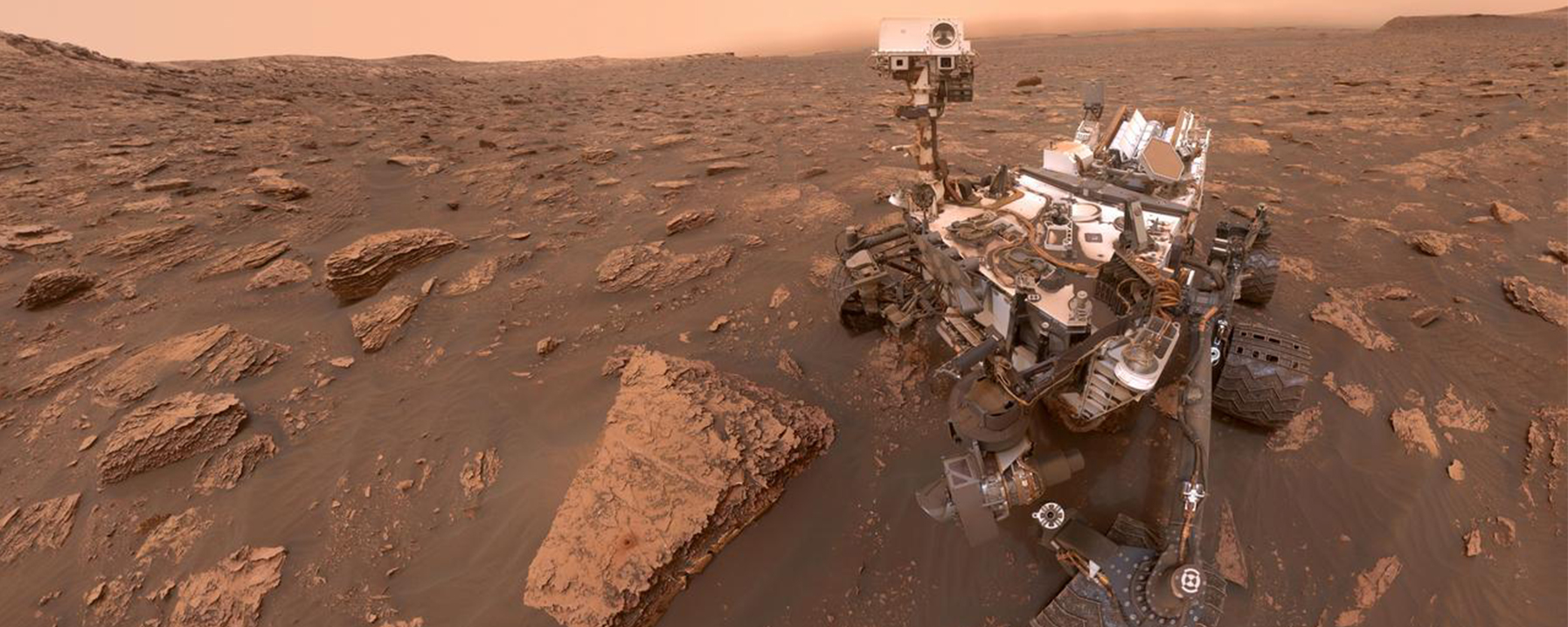Spacewalkers Complete Second Roll-Out Solar Array Installation
Workers at NASA’s Kennedy Space Center in Florida have stacked the launch vehicle stage adapter atop the Space Launch System rocket’s core stage. Engineers with Exploration Ground Systems used a crane to lift the adapter almost 250 feet in the air and then slowly lower it on to the core stage. The adapter – built at NASA’s Marshall Space Flight Center in Huntsville, Alabama – is the cone shaped piece that connects the rocket’s core stage and Interim Cryogenic Propulsion Stage.
NASA’s Search for Life: Astrobiology in the Solar System, Beyond
Motions of a remarkable cosmic structure have been measured for the first time, using NASA’s Chandra X-ray Observatory. Learn about the blast wave and debris from an exploded star that are seen moving away from the explosion site and colliding with a wall of surrounding gas.
Researchers Confirm Elusive Mergers of Black Holes with Neutron Stars
Amy Buck is an engineer for NASA’s Space Launch System Program at Marshall. In this episode, she explains what the launch vehicle stage adapter is for the SLS rocket and how the thermal protection system protects the different elements of the rocket, like the adapter, from extreme forces and temperatures during launch and flight.
Webb Telescope Will Use Quasars to Unlock Secrets of Early Universe
A series of 360-degree views of Marshall labs and mission support facilities give a behind-the-scenes look at some of the work team members do every day. Explore Marshall’s Propulsion Research and Development Lab, the hub for advanced propulsion research and technology development. Take a look around the Payload Operations Integration Center, the 24/7 command post for International Space Station science. Or catch a glimpse of actual rocket and space station hardware at in the Flight Hardware Development Lab.
Scientists Closer to Explaining Mars Methane Mystery
Tracking gold mining activity and deforestation in the Amazon in near real-time using satellite-based Earth observations is now possible thanks to a collaboration between Peru, NASA, and the United States Agency for International Development. The service is an effort by SERVIR-Amazonia, a joint initiative between NASA and USAID, which boosts environmental resilience and decision-making around the world.
For more information or to learn about other happenings at NASA’s Marshall Space Flight Center, visit NASA Marshall. For past issues of the ICYMI newsletter, click here.






